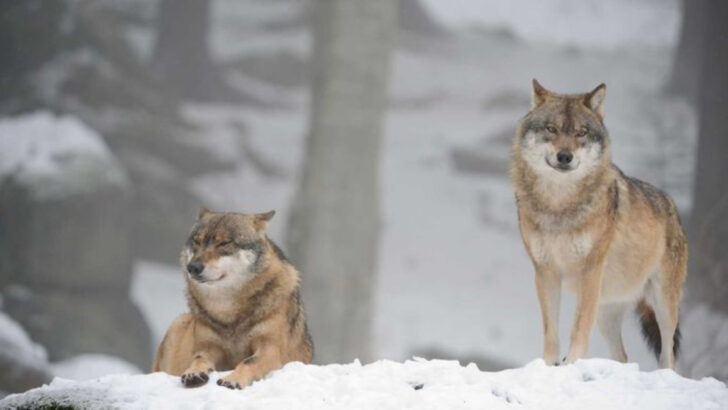The northwestern wolf is no ordinary canine—it’s a ghost in the forest with a bite that shaped ecosystems.
Larger, tougher, and rarer than most of its cousins, this wolf doesn’t just roam the wild—it owns it. From the misty forests of Alaska to the remote reaches of western Canada, it walks with the quiet confidence of a top predator.
Most people have never seen one.
Many don’t even know it exists.
But this wolf has been rewriting nature’s rules for centuries.
With jaws strong enough to crush bone and a pack mentality that rivals any military unit, the northwestern wolf is a masterclass in survival. Ready to get to know one of the wild’s best-kept secrets? Let’s pull back the curtain.
The Largest Wolf Subspecies
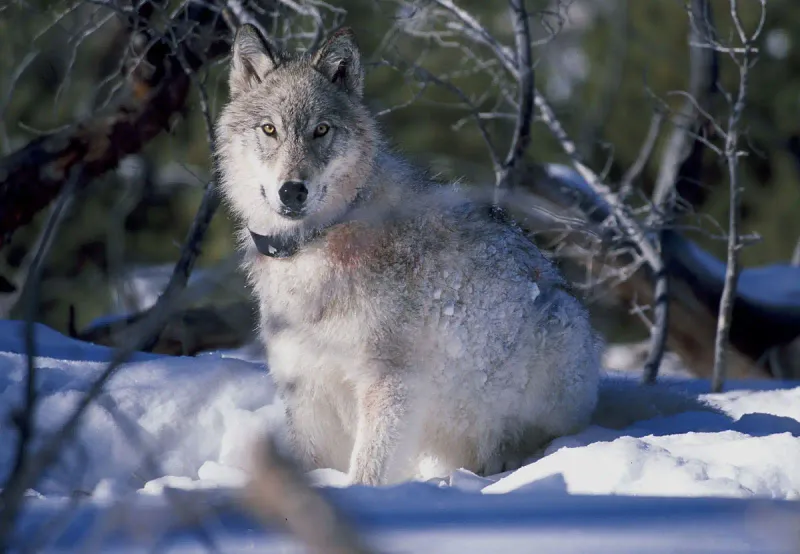
With a heart as robust as its frame, the Northwestern Wolf is the largest subspecies of the gray wolf. Males can weigh up to 150 pounds, towering over other types. Their size grants them an undeniable presence in the wild, often leading packs through the dense forests. This weight advantage helps them hunt larger prey, contributing to their dominance in their habitat.
Known for their muscular build, these wolves have adapted to survive harsh climates. The thick fur and powerful limbs aid in navigating snowy terrains with grace and precision, truly embodying the spirit of the wild.
A Social Animal
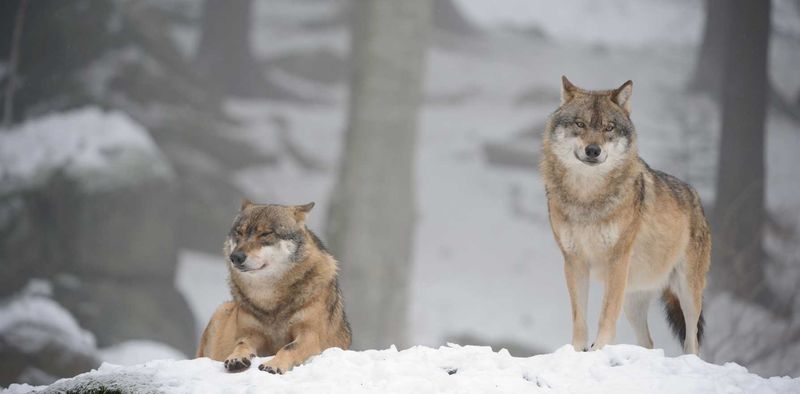
In the heart of the wilderness, Northwestern Wolves exhibit profound social structures. They live in packs led by an alpha pair. This hierarchy is crucial for maintaining order and ensuring survival in challenging environments. The bonds within a pack are akin to a tightly-knit family, with members taking care of pups and sharing responsibilities.
Each wolf plays a specific role, from hunting to pup-sitting, ensuring the pack thrives. These social interactions showcase their intelligence and adaptability, making them fascinating subjects for ethologists and wildlife enthusiasts who study complex animal behaviors.
Vocal Communicators

The haunting howl of the Northwestern Wolf is a defining feature, echoing across valleys and forests. This vocalization serves multiple purposes, from marking territory to assembling the pack. Known for their expressive calls, these wolves use a variety of sounds, including barks, whines, and growls, to convey emotions and intentions.
Their ability to communicate through such a range of vocalizations highlights their intelligence and social complexity. By understanding these calls, researchers can gain insights into the wolves’ behaviors, enhancing conservation efforts to protect these magnificent creatures.
Adaptable Predators

Stealth and strategy define the Northwestern Wolf’s hunting techniques. As adaptable predators, they are capable of taking down large prey like moose and elk. Their keen sense of smell and acute hearing aid in tracking and ambushing targets efficiently.
Operating mostly during dawn and dusk, these wolves use the element of surprise to their advantage. Hunting in packs allows them to coordinate attacks, showcasing their teamwork and intelligence. Each hunt is a testament to their prowess and adaptability, as they continuously evolve their strategies to survive in the ever-changing wilderness.
Remarkable Navigators
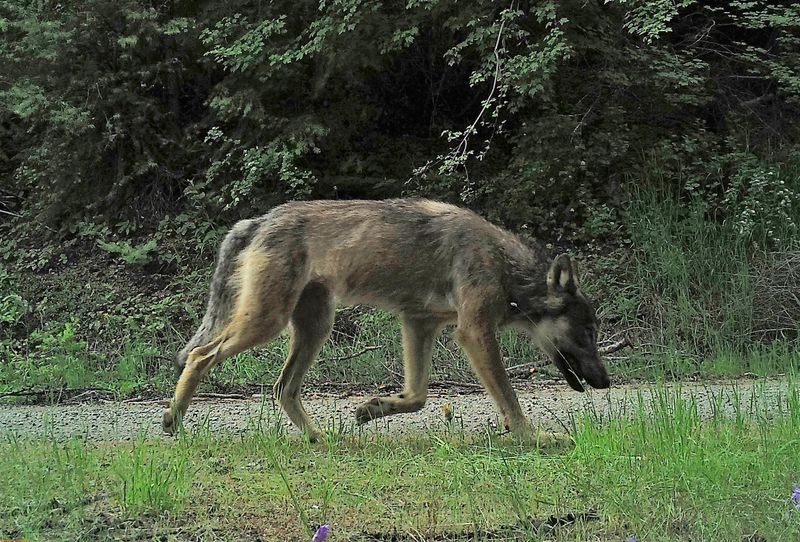
Navigating the vast landscapes of North America, the Northwestern Wolf is a master of its territory. With territories spanning thousands of square miles, these wolves rely on their innate navigation skills to traverse diverse terrains, from forests to mountains.
Their remarkable sense of direction is attributed to a combination of memory, landmarks, and possibly magnetic fields. This aptitude not only aids in finding food and shelter but also in leading packs through migrations. Such skills underscore the wolf’s intelligence and adaptability, making them formidable inhabitants of their natural habitat.
Distinctive Coat Colors
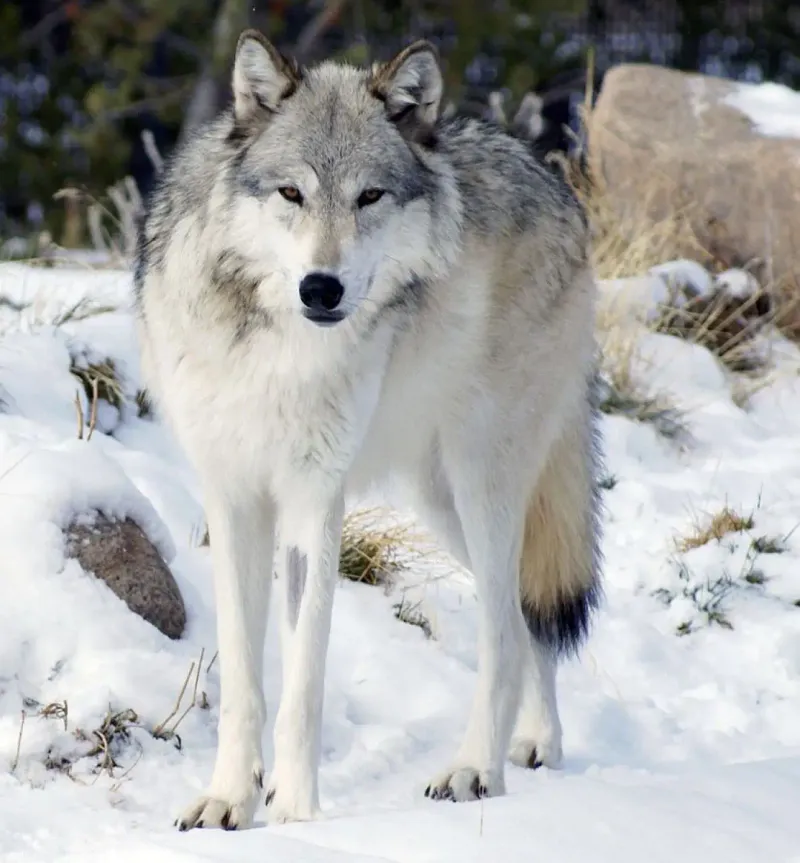
The Northwestern Wolf boasts a stunning array of coat colors, varying from pure black to shades of gray and white. This diversity helps them blend into different environments, a crucial aspect for both predation and protection.
Their thick, water-resistant fur is not just for show; it provides insulation against harsh weather conditions. As seasons change, so does the appearance of their coat, offering a visual delight to those lucky enough to observe them. The unique colors and patterns are a testament to their evolutionary adaptations, enhancing their survival in the wild.
Endangered Species Status
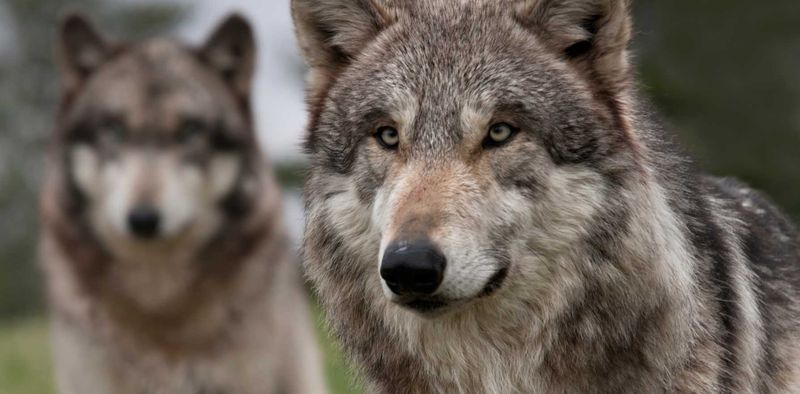
The Northwestern Wolf faces threats from habitat loss and hunting, leading to its status as an endangered species. Conservation efforts are crucial to ensure their survival. Protected areas and legal regulations aim to safeguard their habitats.
Awareness and education play vital roles in conservation strategies. By understanding the ecological importance of these wolves, communities can support initiatives that protect their population. This balance is essential for maintaining the biodiversity of their ecosystems, where the wolf plays a pivotal role as a top predator.
Keen Senses
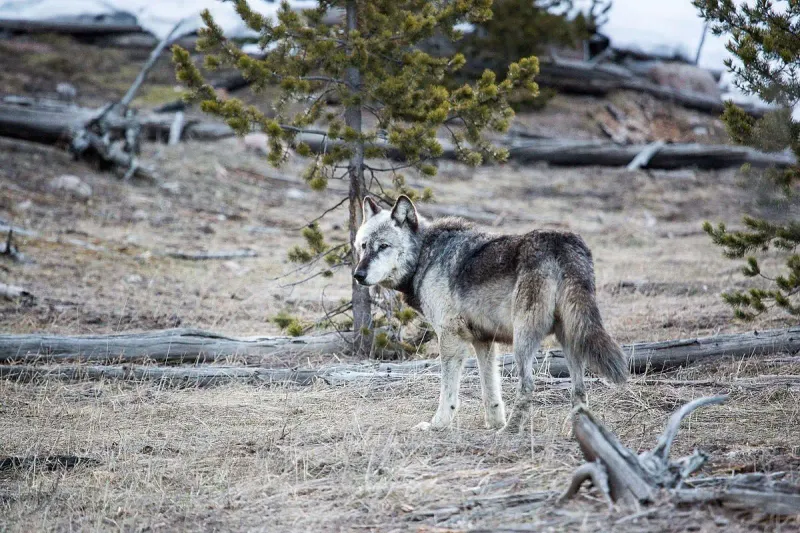
Equipped with extraordinary senses, the Northwestern Wolf excels in its habitat. Their keen sense of smell can detect prey from miles away, while acute hearing picks up the faintest of sounds. These abilities are vital for hunting and communicating.
Such heightened senses also aid in predator awareness, allowing wolves to avoid potential dangers. This sensory prowess is a testament to their evolutionary success, helping them thrive in diverse environments. Understanding these capabilities offers insights into how these incredible animals interact with their surroundings.
Role in Ecosystems
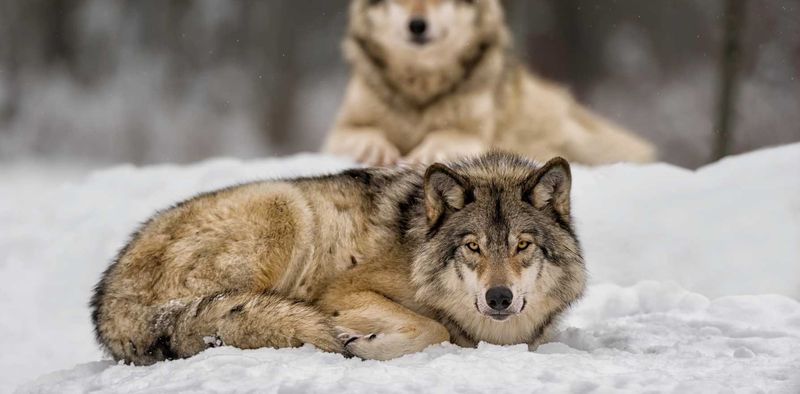
The Northwestern Wolf plays a critical role as an apex predator in its ecosystem. By regulating prey populations, they contribute to ecological balance. Their presence affects vegetation patterns and overall biodiversity.
Their influence extends beyond direct predation. By promoting healthy prey populations, they indirectly support other species, including scavengers and plant life. This intricate web of interactions highlights the wolf’s importance in maintaining the health of their natural habitats.
Mysterious Origins

The origins of the Northwestern Wolf are shrouded in mystery, tracing back thousands of years. Fossil records suggest a lineage that has adapted and evolved through changing climates and landscapes.
Genetic studies continue to uncover fascinating insights into their ancestry, revealing connections with other wolf species. These findings not only shed light on their past but also guide conservation efforts to preserve their future. The enigmatic history of these wolves adds a layer of intrigue to their already fascinating existence.
Resilient Survivors

Survival in the wild requires resilience, a quality the Northwestern Wolf embodies. Facing harsh winters and scarce resources, these wolves have adapted remarkable survival strategies.
Their thick fur provides warmth, while their hunting skills ensure sustenance. This resilience is a testimony to their evolutionary success, thriving where many others may falter. Observing their perseverance offers valuable lessons in adaptability and tenacity, qualities that inspire admiration and respect.
Cultural Significance
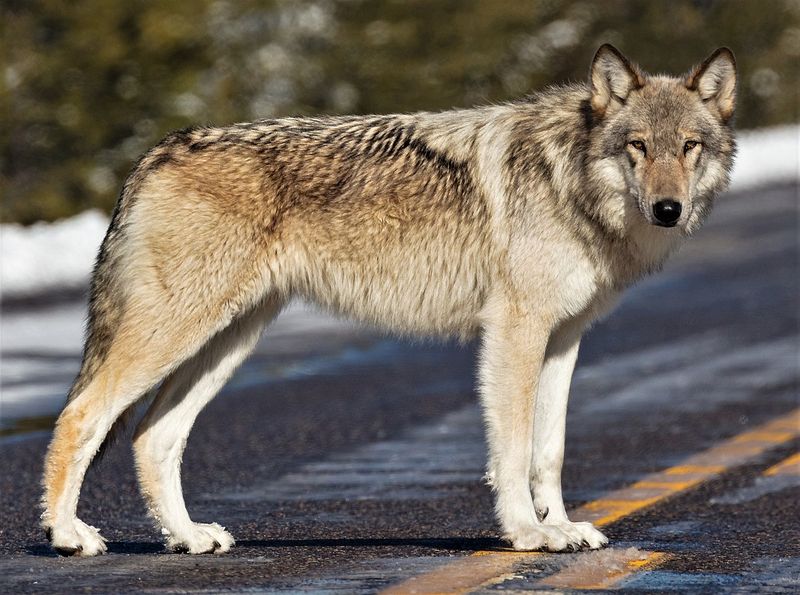
Various indigenous cultures hold the Northwestern Wolf in high esteem, often symbolizing strength and unity. These majestic creatures appear in myths and legends, embodying the spirit of the land.
Such cultural significance emphasizes the need to protect and respect these wolves, recognizing their role in both nature and human history. By preserving their legacy, we honor the rich tapestry of traditions that celebrate their existence.
Protective Paternal Instincts
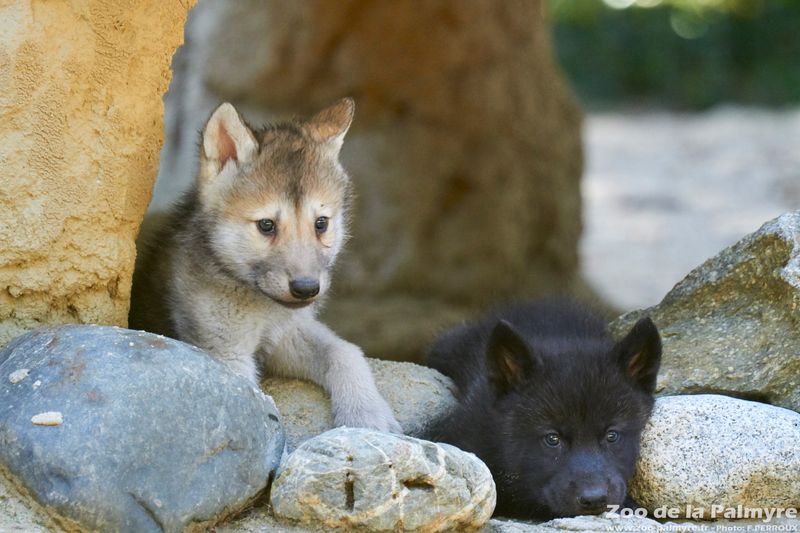
Not just fierce predators, Northwestern Wolves are also devoted parents. Male wolves exhibit protective instincts, actively participating in raising and nurturing pups.
This paternal involvement ensures the next generation’s survival, highlighting the complex social structures within wolf packs. Such behavior reflects the wolves’ intelligence and emotional depth, offering a glimpse into their family dynamics and communal bonds.
Dietary Diversity
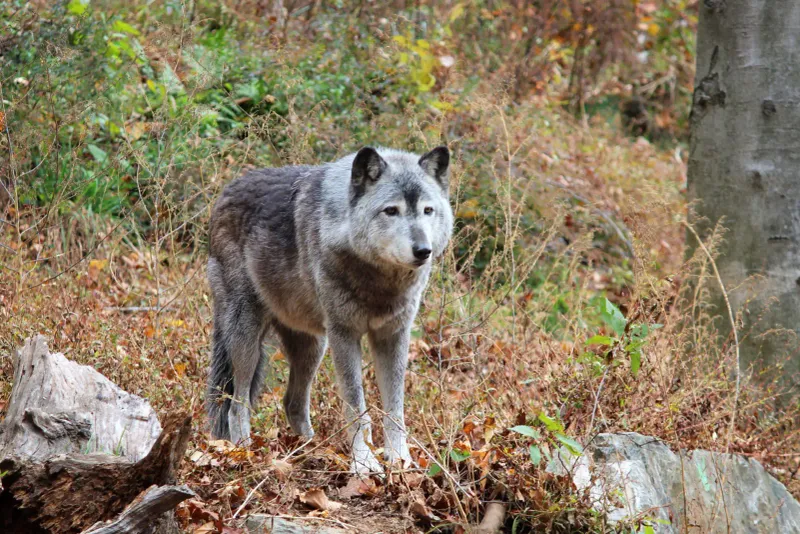
Adaptability is key to the Northwestern Wolf’s survival, evident in their diverse diet. From large ungulates to smaller mammals and even fish, these wolves exhibit remarkable dietary flexibility.
This versatility allows them to thrive in various environments, ensuring nourishment regardless of seasonal changes. Their opportunistic feeding habits demonstrate their resourcefulness, adapting to whatever the land provides. Understanding this aspect of their ecology offers deeper insights into their survival strategies.

